
V Tail Airplane The Best and Latest Aircraft 2019
Conventional The most popular conventionally V-tailed aircraft that has been mass-produced is the Beechcraft Bonanza Model 35, often known as the V-tail Bonanza or simply V-Tail. Other examples include the Lockheed F-117 Nighthawk stealth attack aircraft and the Fouga CM.170 Magister trainer.
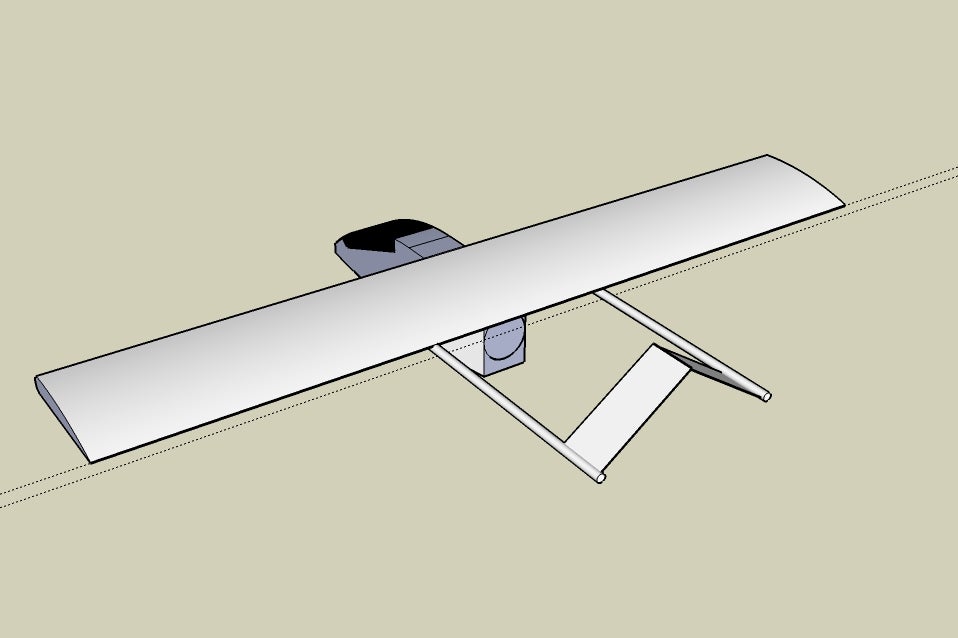
Attachment browser skunkworks3 Twin Boom inverted Vtail design 4.jpg by LittleG RC Groups
Another interesting tail configuration is the V-Tail, which combines the horizontal and vertical stabilizers into a single, V-shaped structure. This design reduces the overall weight and drag of the aircraft, making it suitable for high-performance gliders and general aviation aircraft.

VTail Design Some people don't like the VTail, I do! Wha… Flickr
In the following flight mechanics design, the V-tail is dimensioned on the basis of critical design cases of longitudinal and lateral controllability and validated for all critical flight cases resulting from the certification regulations CS-22 and CS-23 via a flight dynamics calculation program.
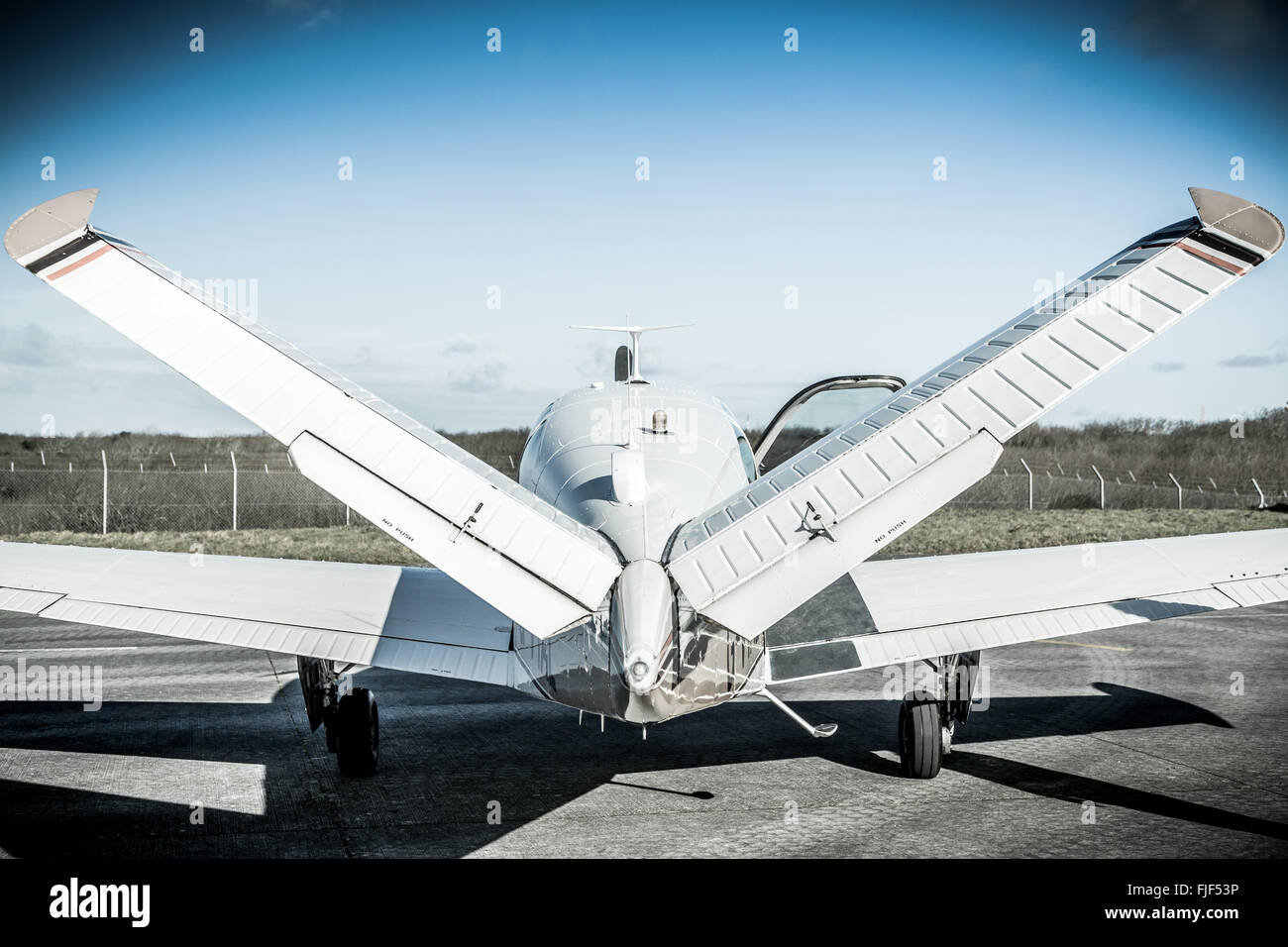
V tail hires stock photography and images Alamy
In the conventional tail, the rudder moves to the right. This creates a low pressure area (or "lift") on the left side of the vertical tail, which draws the tail left or yaws the nose right about the airplane's center of gravity. The sum of the forces (S) is due to rudder (U) only. Right rudder pedal input in the V-tail will lower the right.
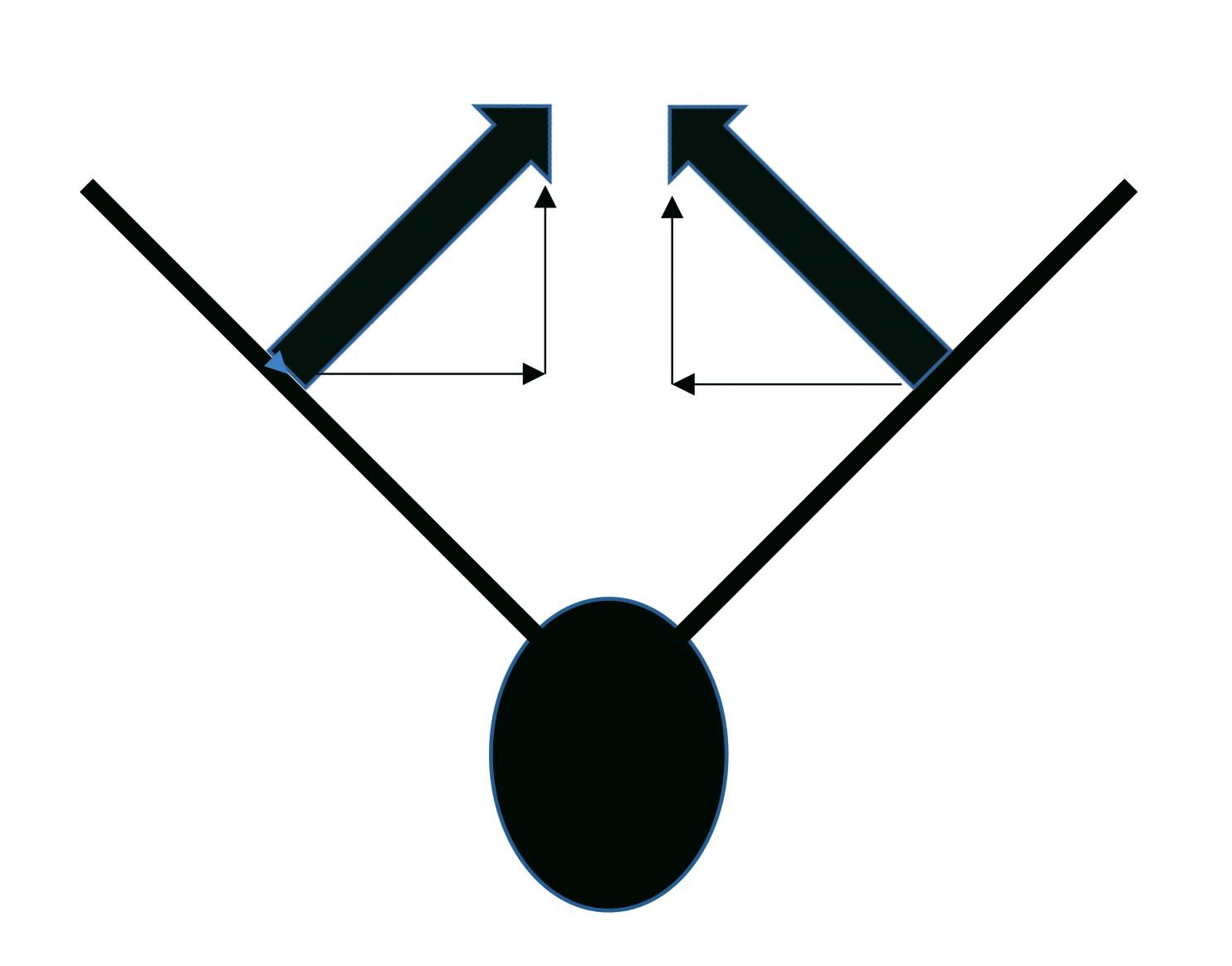
Design Process VTails KITPLANES
Consequently a moment is created through empennages: the horizontal tailplane creates a moment around the lateral axis (pitch), the vertical tailplane (fin) principally creates a moment around the vertical axis (yaw). • Ailerons and spoilers on the wing (see Section 7) principally create a moment around the lon-gitudinal axis (roll).
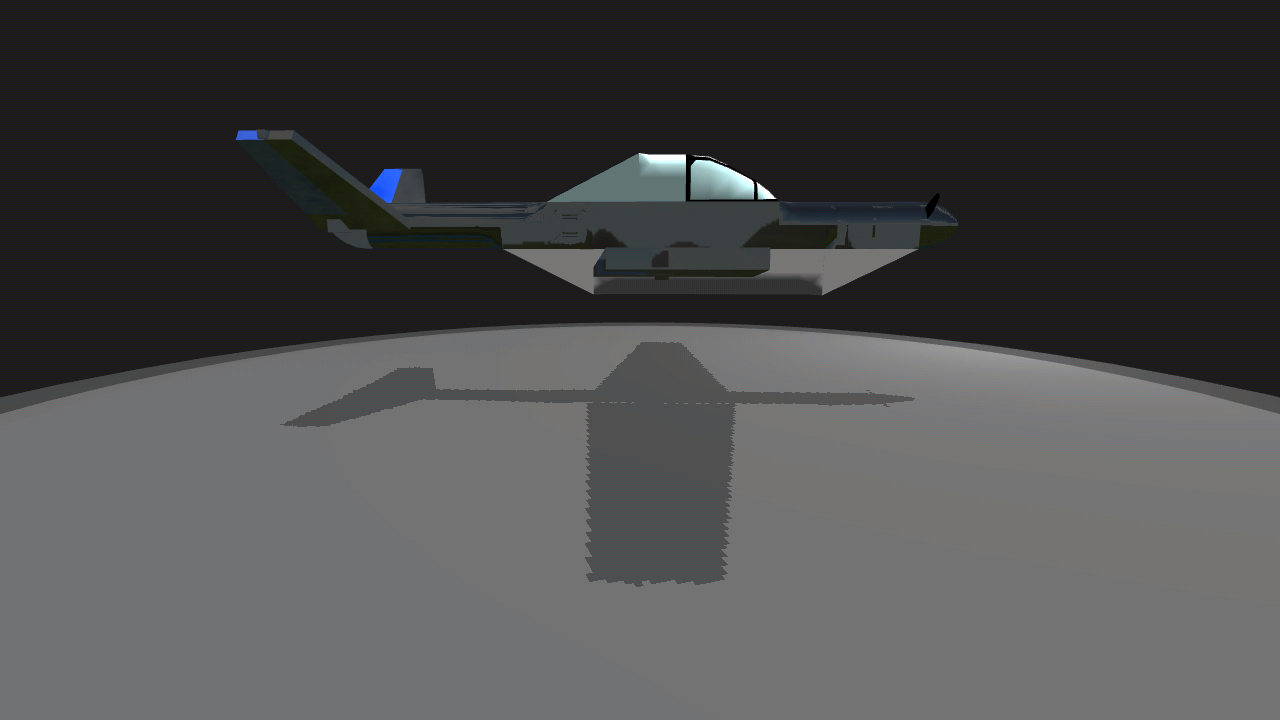
SimplePlanes Experimental Vtail Design "Stallion"
The model 35 Bonanza series (1947-1982) had a V-tail; The model 36 Bonanza series (1968-present) had a conventional tail. There was a self-serving faction in general aviation, though, that went on a crusade to demonize the V-tail because of the in-flight structural failures.
My Vtail Design Discussions diydrones
Twin tail (also referred to as H-tail) or V-tail are other configuration of interest although much less common. This page titled 2.2.3: Empennage is shared under a CC BY-SA 3.0 license and was authored, remixed, and/or curated by Manuel Soler Arnedo via source content that was edited to the style and standards of the LibreTexts platform; a.

VTail Aviation, Aircraft, Airplane
A post on the design of the horizontal and vertical tail, and an introduction to a method to size both surfaces. Andrew Wood | 28 September 2022 Fundamentals Of Aircraft Design Elevator Empennage Horizontal Tail Rudder Trim Tab Contents Introduction The Tail Assembly Classification of Aircraft Tails Horizontal Stabilizer Vertical Stabilizer

Attachment browser skunkworks3 Twin Boom inverted Vtail design 2.jpg by LittleG RC Groups
One variable in V-tail design that received a lot of attention from the NACA was the ideal dihedral angle.There seems not to be much consensus. The Bonanza used a very flat 30 degrees. A 1950s.

Beechcraft Bonanza V Tail 3 Photogrphed at the 2012 Airpor… Flickr
Jay Hardin, manager in aerodynamics at Textron Aviation, makers of Cessna and Beechcraft airplanes, explains some of the science behind tail design. On the benefits of a T-tail, he says, "The end-plating effect of the horizontal tail on the vertical tail allows the vertical tail to be smaller. With the horizontal tail located above the wing.
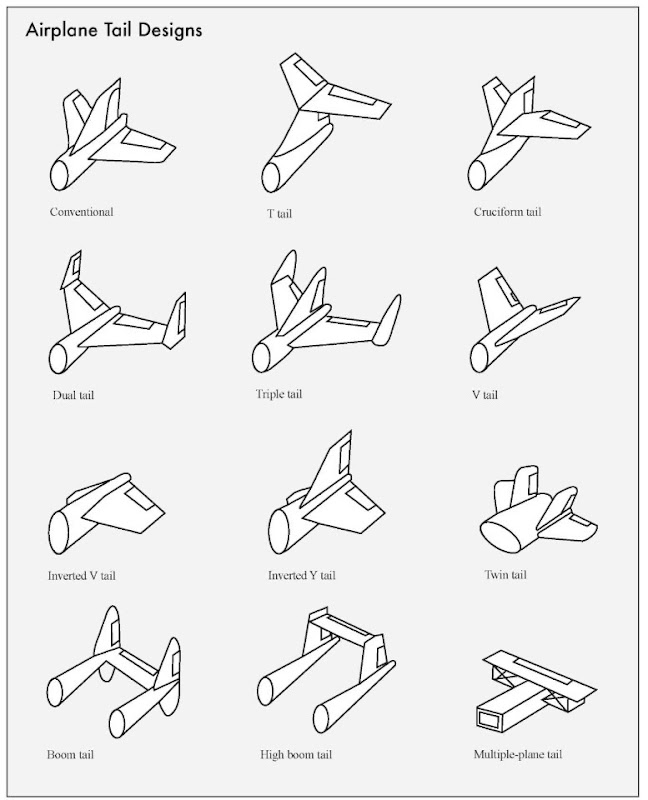
Tail designs
The V-tail configuration has excellent stealth performance and has been using widely in the aerodynamic shape design of advanced aircraft. Many recent studies have focused on numerical simulation.
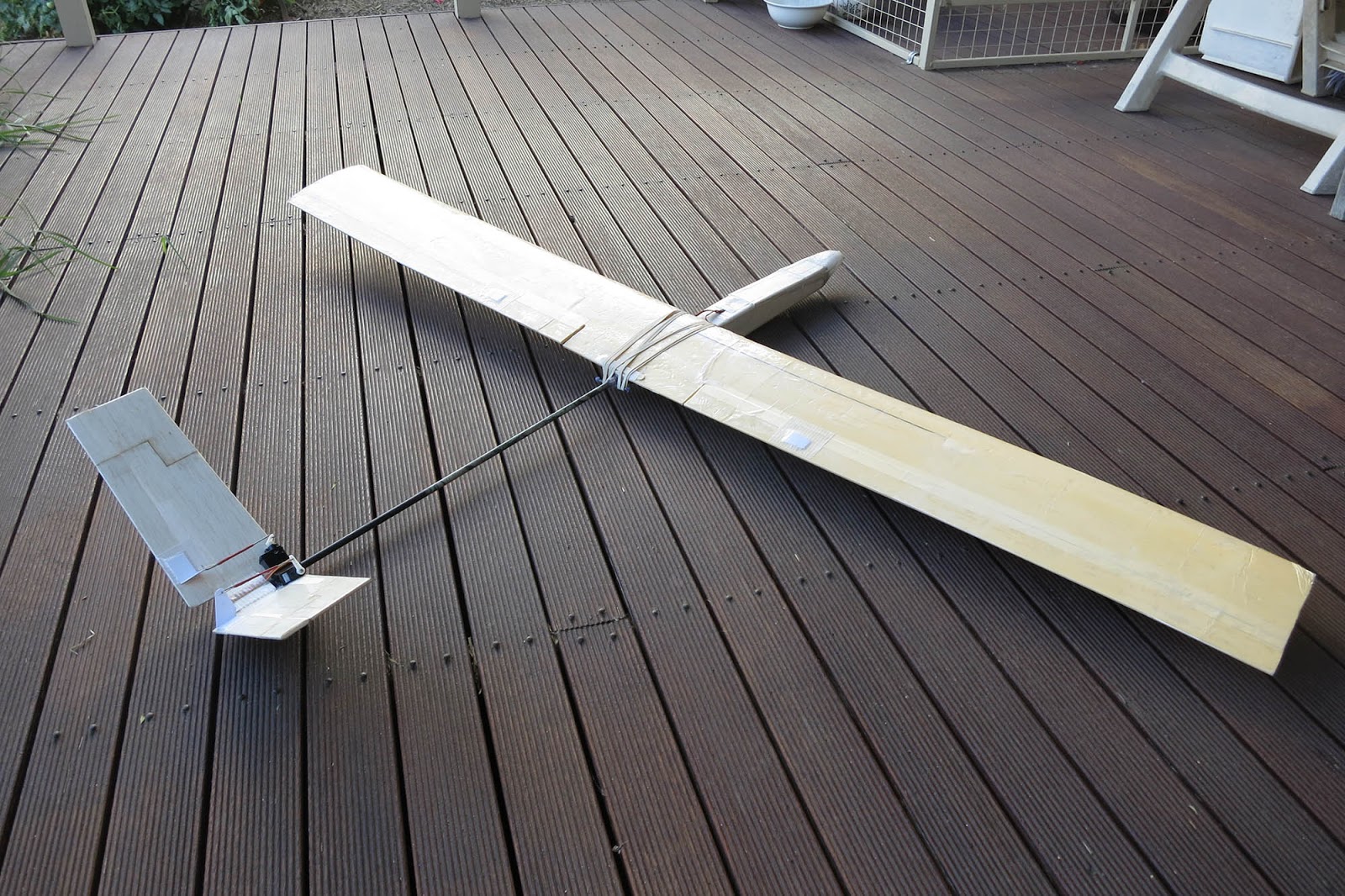
Newton Airlines Speedy VTail sloper
A V-tail is a configuration where the horizontal stabilizer and vertical fin are replaced by a pair of surfaces mounted at a high dihedral angle (usually about 45°). Because these angled surfaces can produce both vertical force and side force, the two V-tail surfaces can replace the three surfaces of a conventional tail.

Design of the Vtail FVA
Computer Aided Design (CAD), also known as Computer Aided Design and Drafting (CADD), is the use of computer technology for the process of design and design- documentation. Computer Aided Drafting describes the process of drafting with a computer.
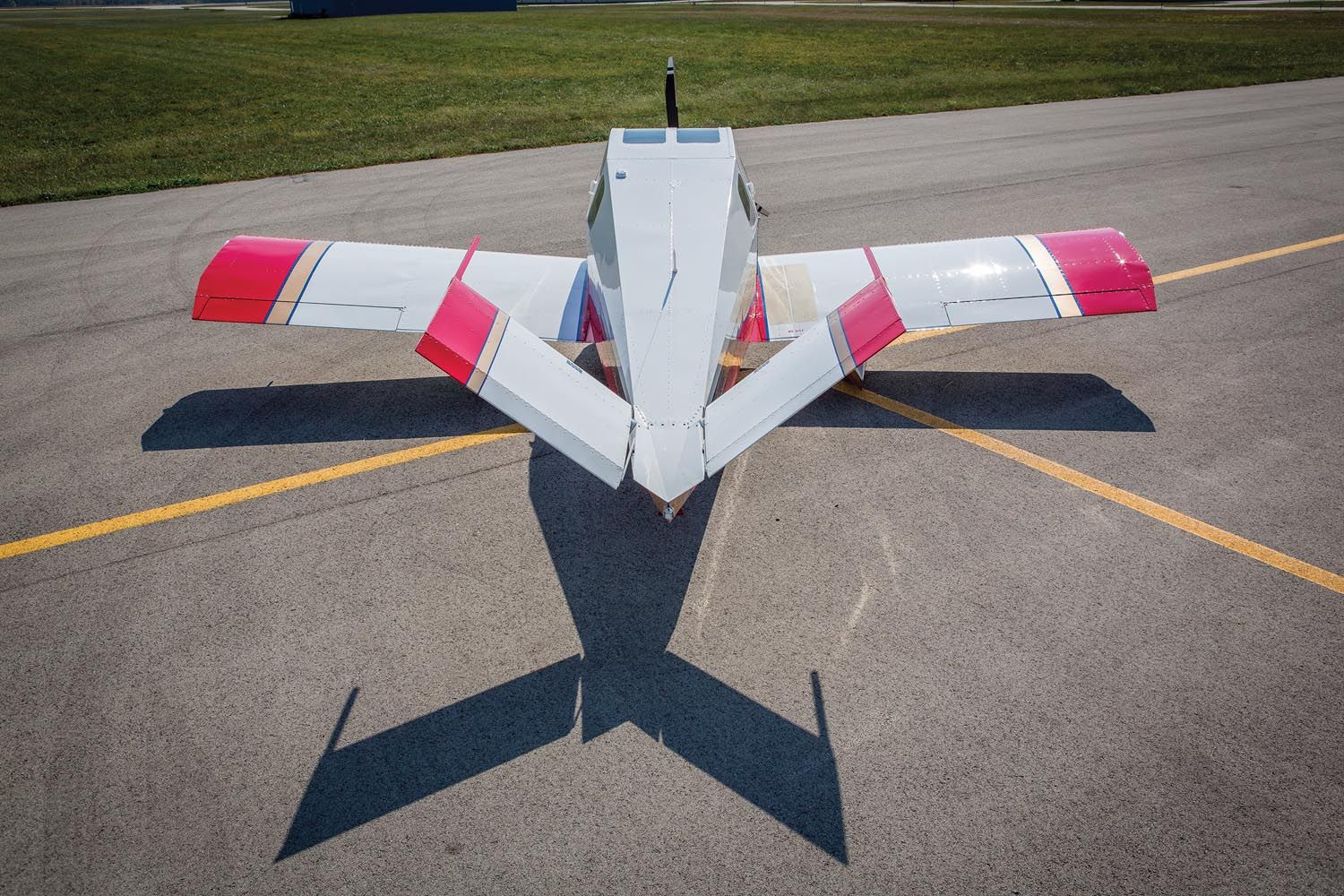
Design Process VTails KITPLANES
Almost always designing a V-tail means converting a standard tail into a V-tail; the reasons are clear: Calculations yield specifications of a standard. We can design the V-tail to have the same behaviour in many respects, we might get some advantages, but we have to pay a price. Conversion standard or T V - here is the first question.

VTail in 2020 General aviation, Aircraft, Aviation
open access Abstract Vee-tail configuration is an unconventional tail configuration for commercial transport aviation, the use of which could suppose reductions on CO 2 emissions. The conceptual design criteria have been selected inspired on the certification requirements established by the aviation regulation in force.

Vtail Bonanza. Def in the 5 year plan. Private aircraft, Model airplanes, Airplane
A_vtail = A_vertical + A_horizontal angle = arctan [ sqrt ( A_vertical / A_horizontal ) ] Notes: "A_vtail" is the area of both halves together, rotated flat. "angle" is the V-tail's dihedral angle from the horizontal. To convert a V-tail into a conventional tail, use the reciprocal formulas: A_horizontal = A_vtail * [ cos (angle) ]^2